By John Deppen
On Friday, June 5, 1896, Brevet Brig. Gen. Henry Bingham stood before a crowd of Union veterans and citizens gathered on East Cemetery Hill at Gettysburg. Bingham turned toward the newly unveiled equestrian statue of his former commander, Maj. Gen. Winfield Scott Hancock, and spoke: “And you, great soldier, commissioned a generation ago to carry triumphant the flag of your country on this field of battle—the greatest of the century—well done! Pennsylvania, your native state, commissions you as sentinel over this hallowed ground. The army is all around you; the lines of battle are marked in stone, and you of bronze and iron, will ever watch and ward.”
The Commonwealth of Pennsylvania commissioned the statue of Hancock, as well as equestrian statues of Maj. Gen. George Meade and Maj. Gen. John Reynolds, to commemorate the contributions of her native sons in the July 1863 battle. With the support of Governor Daniel Hastings, the Pennsylvania State Assembly allocated $22,000 for Hancock’s statue and additional funds for the pedestal. Sculptor Frank Edwin Elwell received the commission to create Hancock’s statue. The Bureau Brothers of Philadelphia cast Elwell’s work in bronze; Elwell wanted to convey Hancock’s commanding presence during the chaotic afternoon of July 1, 1863.
Remembering the Man
A Union veteran, Lieutenant Francis Wiggin of the 16th Maine Volunteer Infantry, remembered the sight of Hancock on that day: “When the shattered forces of the First Corps reached the Ridge, one of the first things we saw was the magnificent form of General Hancock.”
Elwell’s larger-than-life bronze figure of Hancock astride his horse depicts the general extending a reassuring hand toward unseen Union soldiers. The placement of Hancock’s statue on East Cemetery Hill required the dismantling of a wooden tower that stood on the hill from 1878 until 1896. The hill initially proved a troublesome location for the monument.
Enduring Popularity
In July 1897, lightning struck the statue, damaging the pedestal and capstone. The 1902 Annual Report of the Gettysburg National Park Commission to the Secretary of War records that the Van Arminge Granite Company of Boston took down the statue and repaired it “at the expense of the State of Pennsylvania.” By 1903 the monument was back in position.
Through the years Winfield Scott Hancock’s statue on East Cemetery Hill has appeared on postcards, book covers, puzzles, posters, and other souvenirs. The enduring popularity of Hancock’s image is an answer to the prayer offered by Captain H.W. Mc-Knight at the dedication in 1896: “Grant that the monument of granite and bronze we this day unveil and dedicate as a memorial of his personal worth and public service may from age to age teach successive generations the lessons of patriotism and duty.”
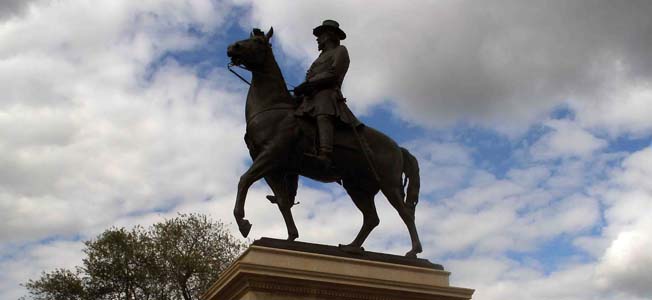
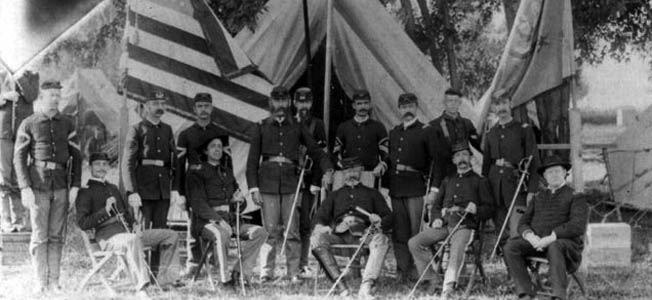
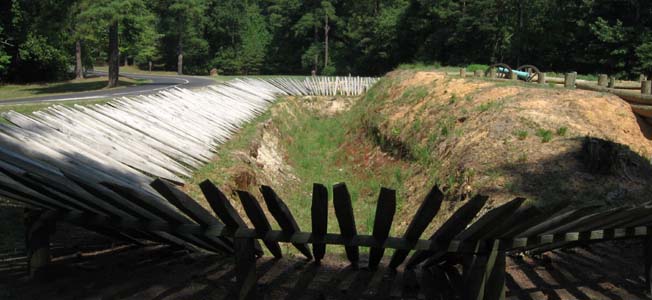
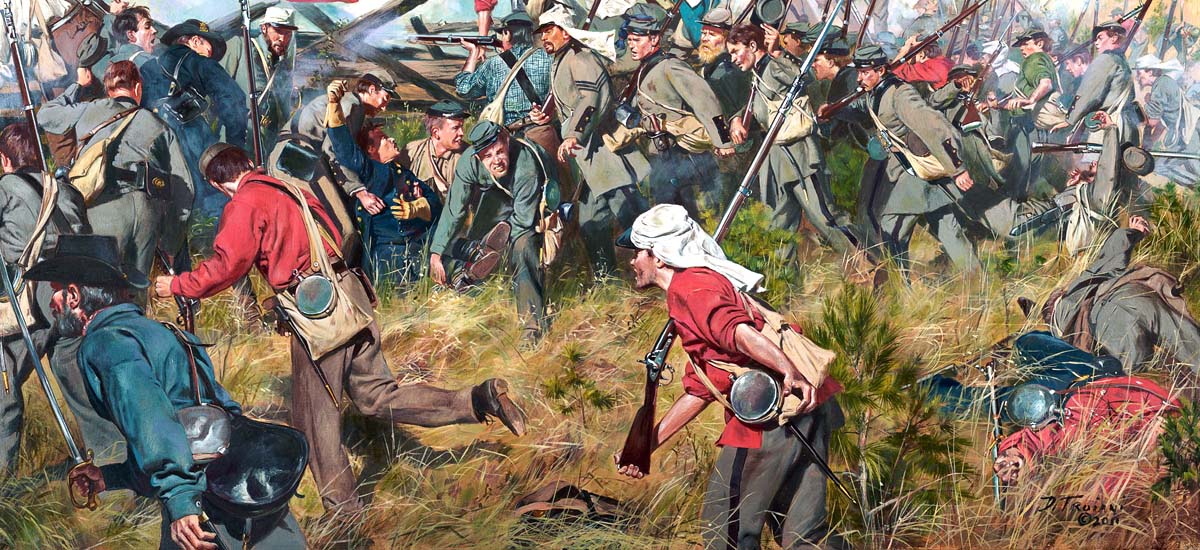
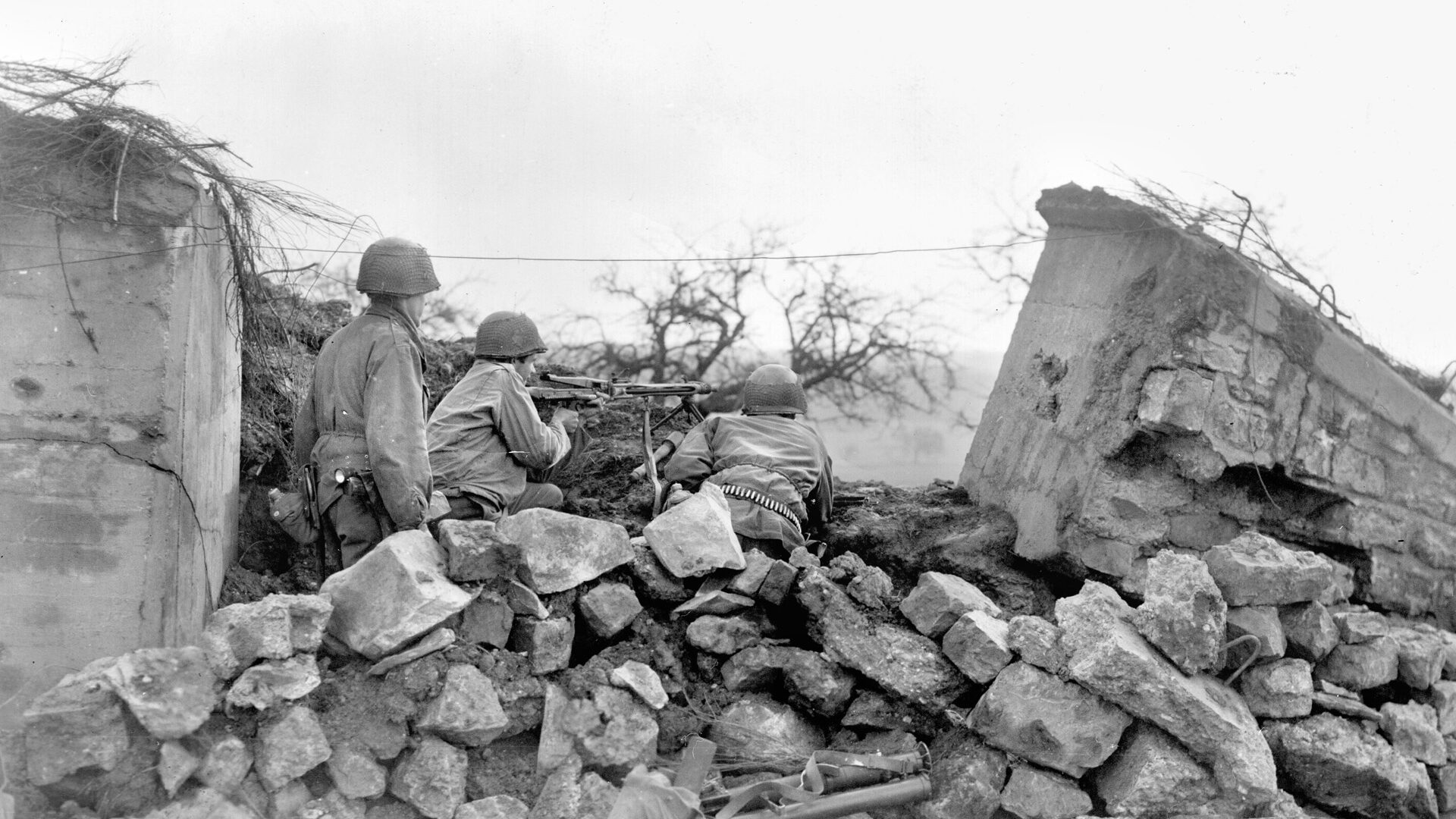
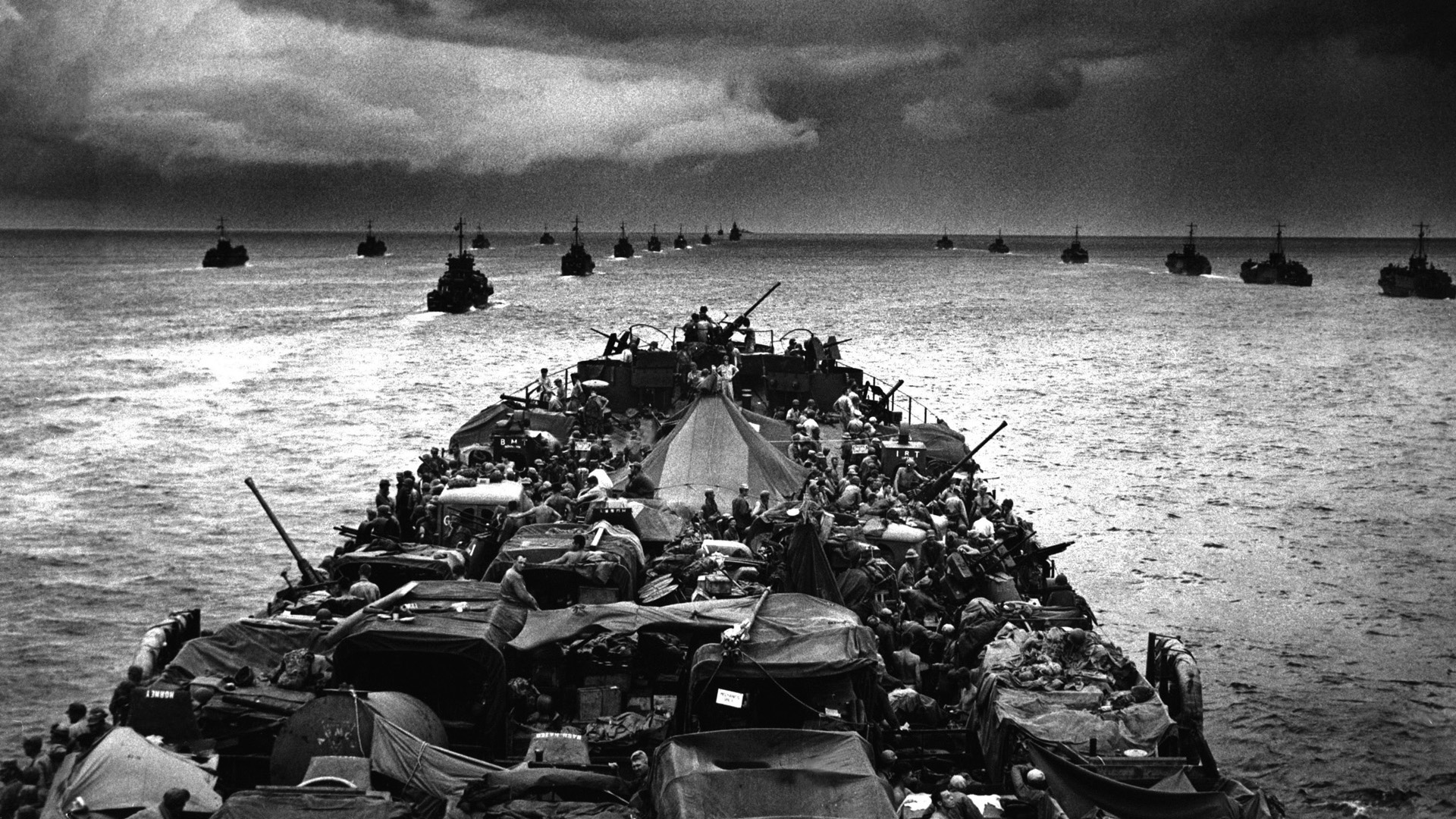
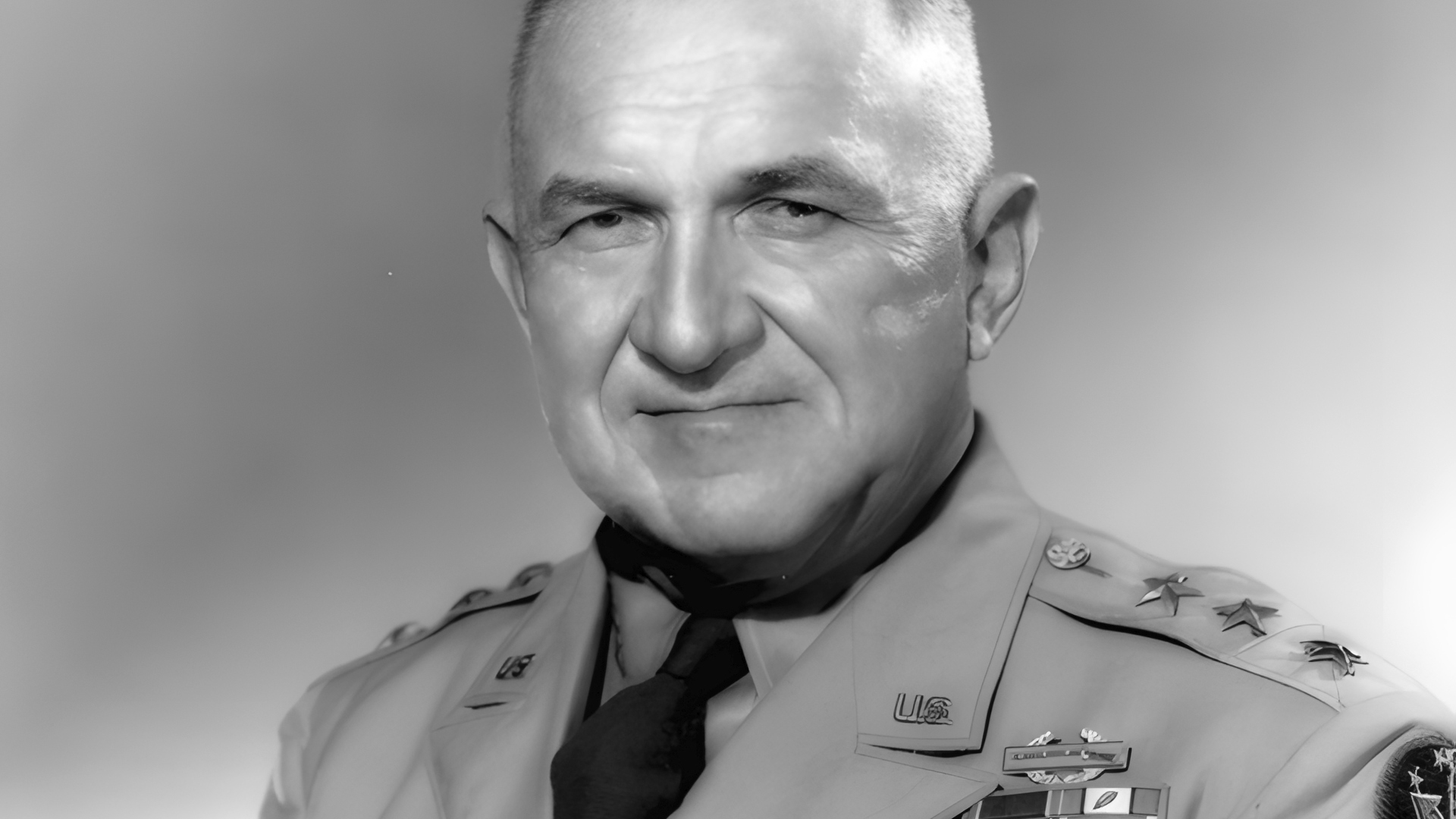
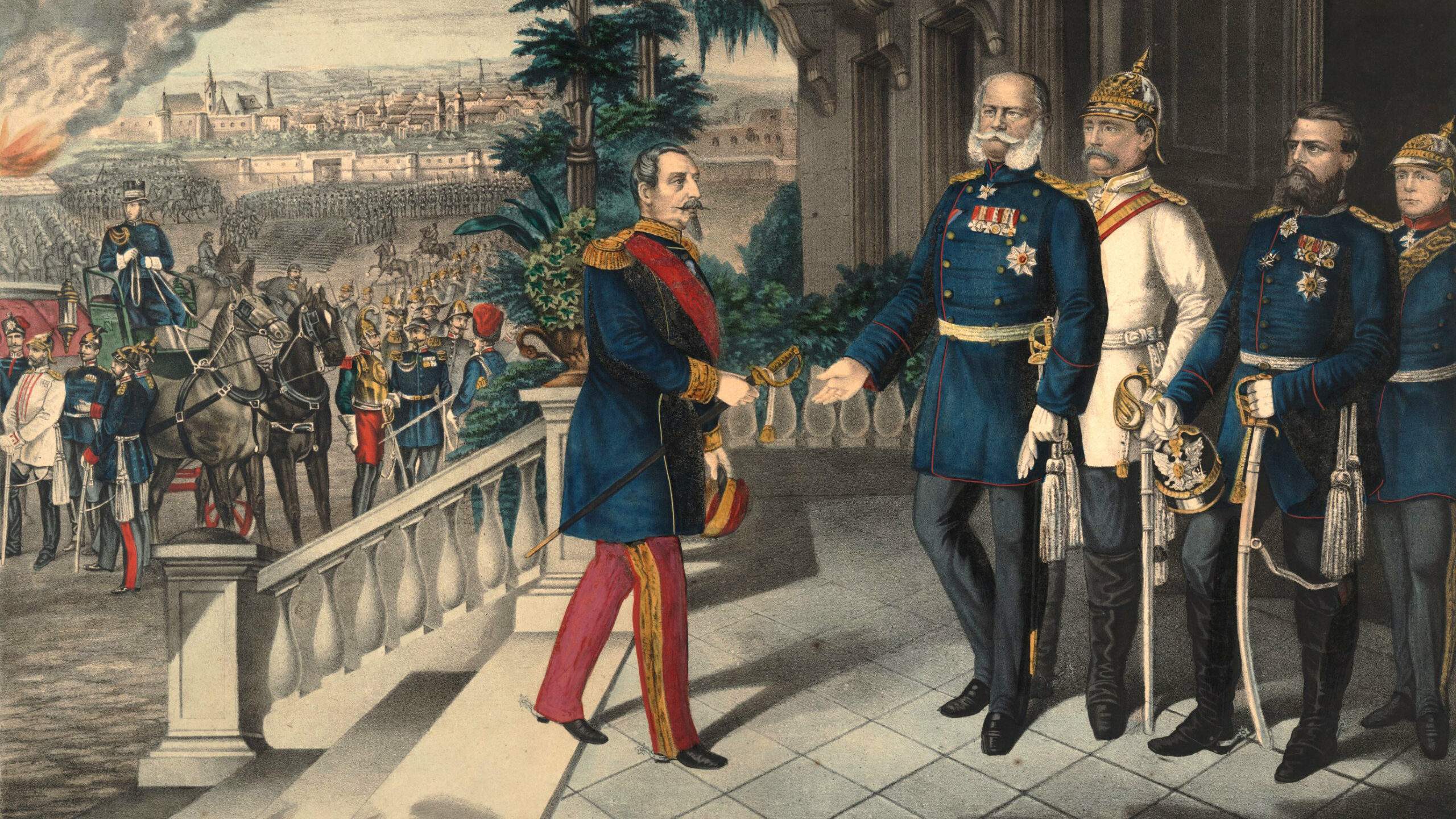
Join The Conversation
Comments
View All Comments